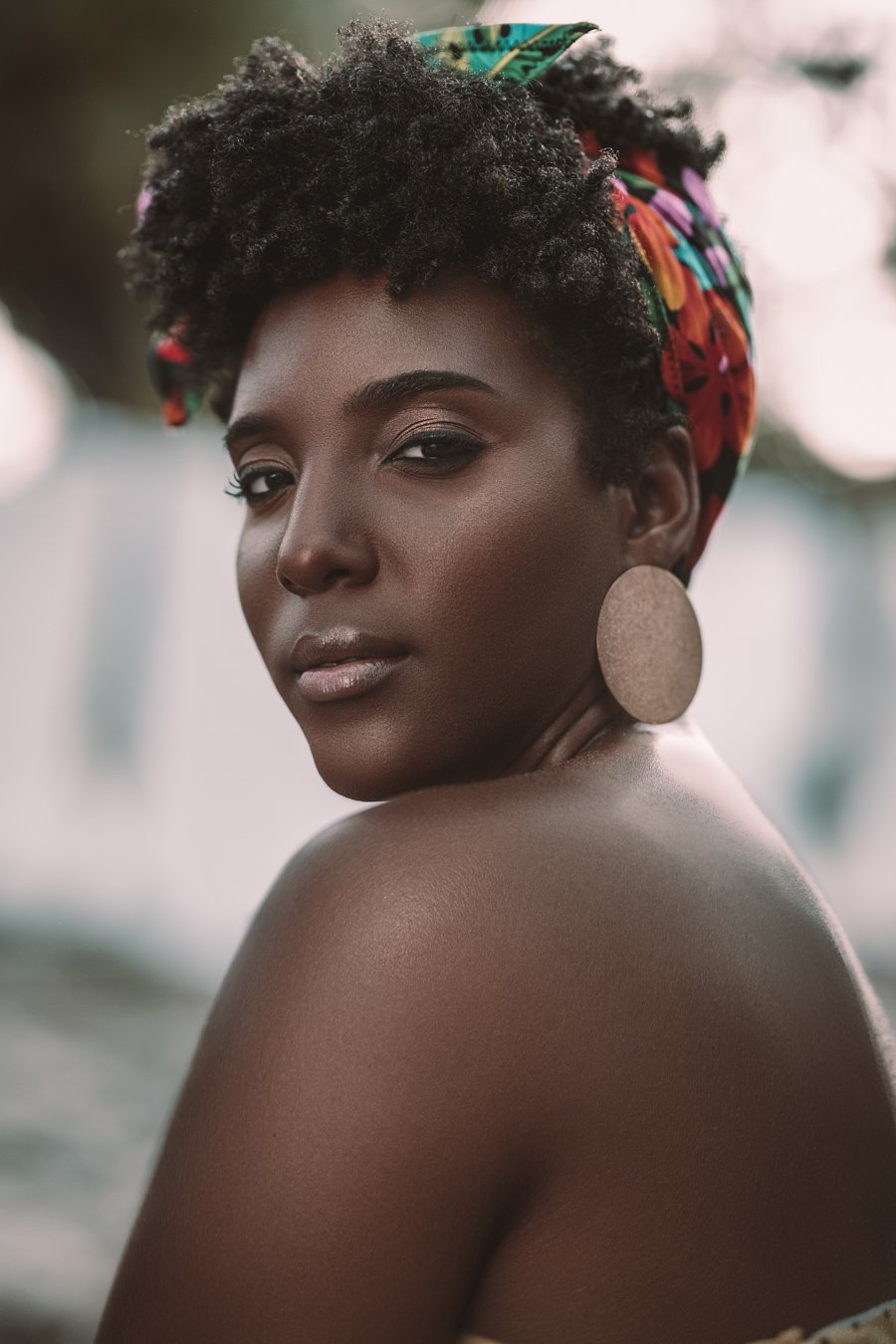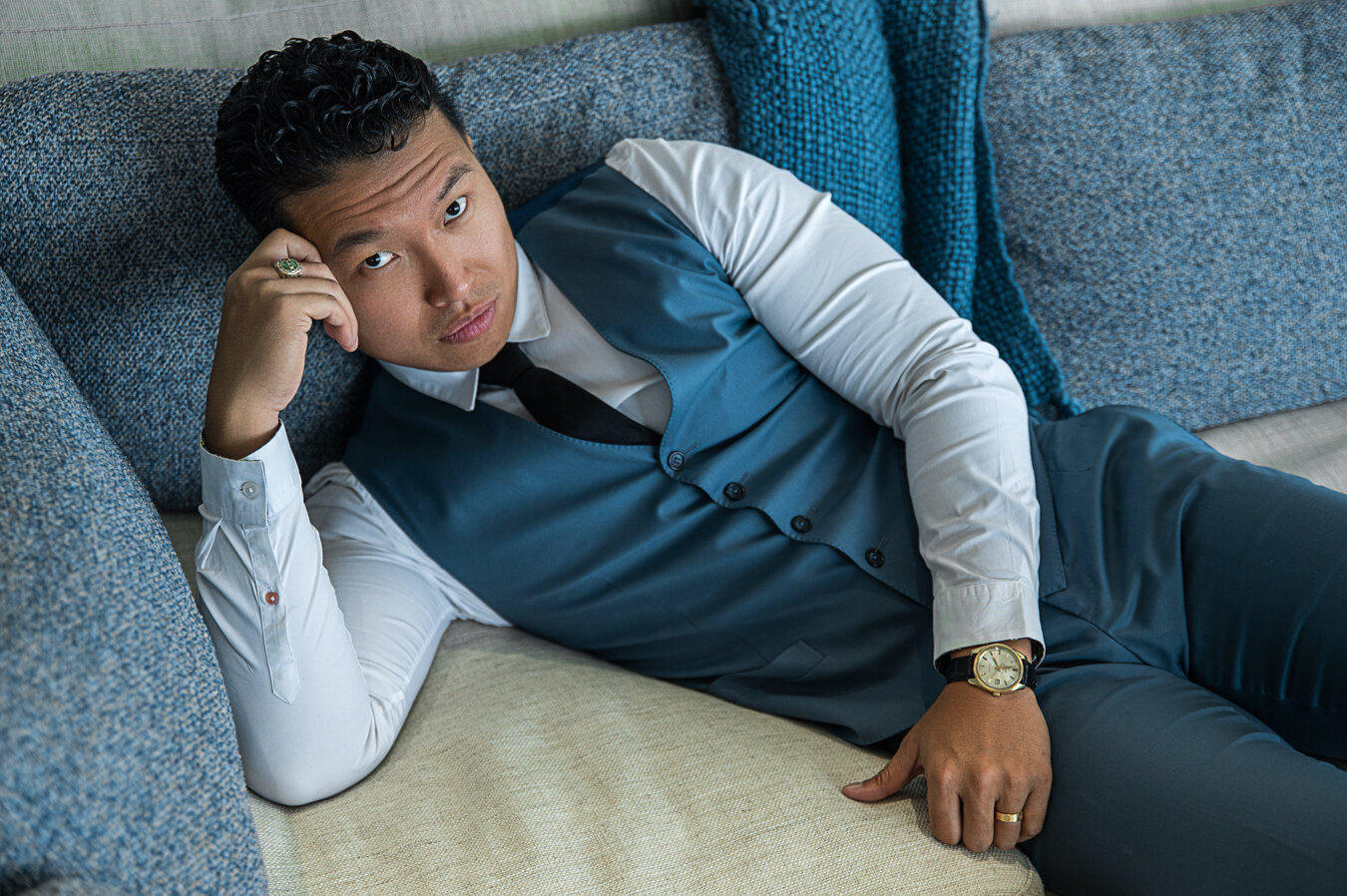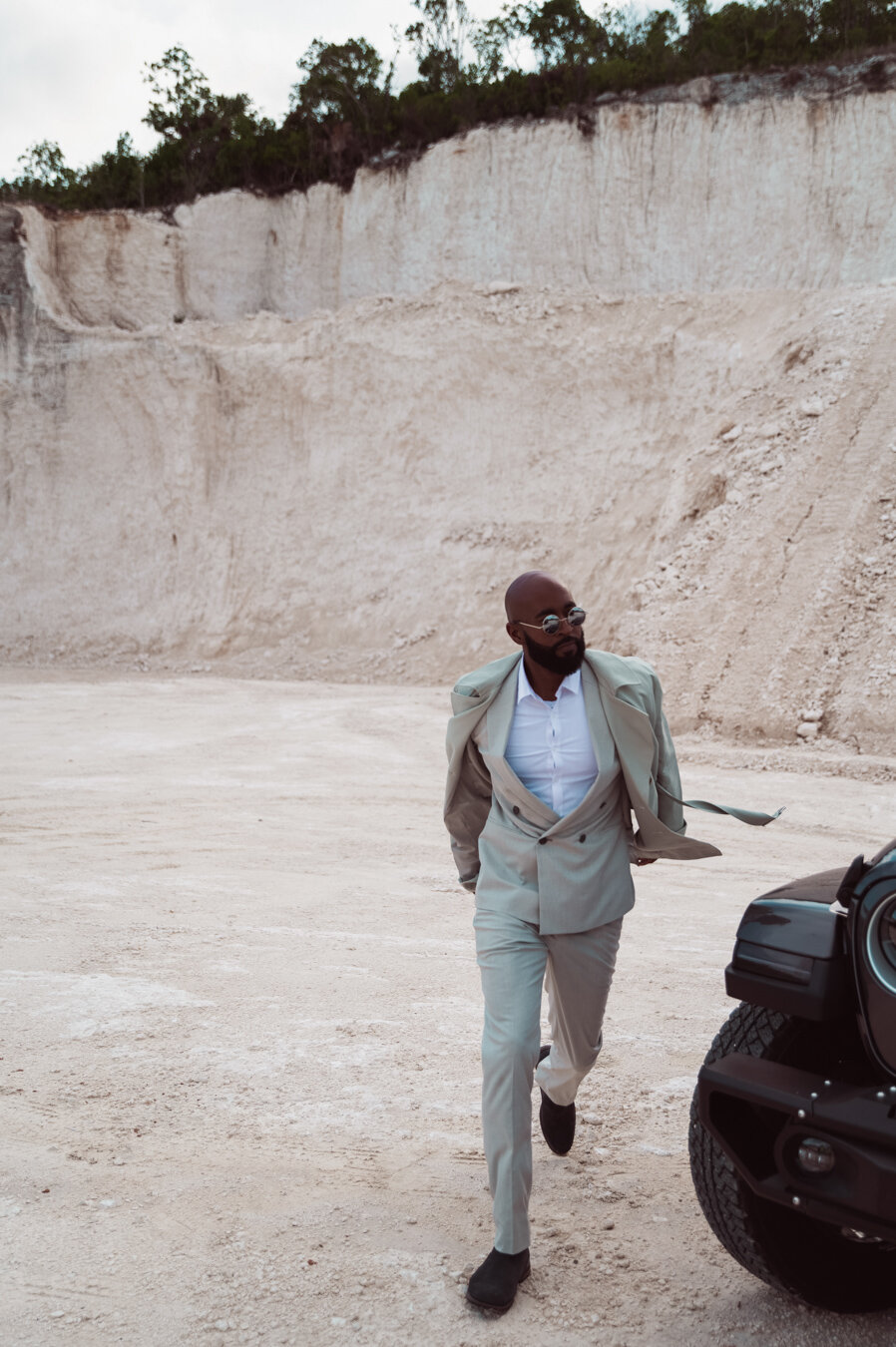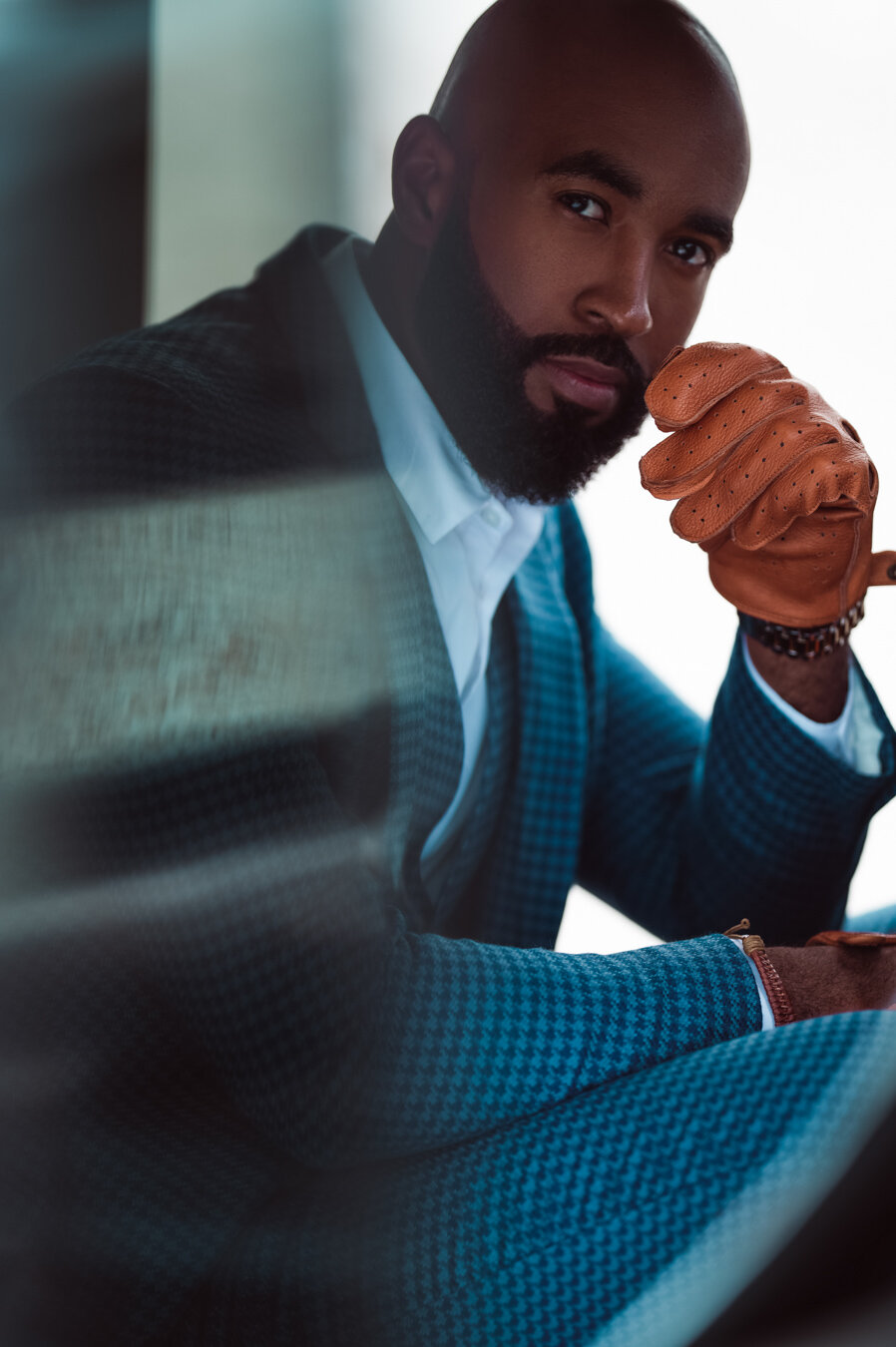Behind the Lens: Capturing Bahari’s 2025 Independence Collection Honoring Bahamian Culture
BAHARI BAHAMAS’ INDEPENDENCE COLLECTION ‘25
Bahari has built a reputation for launching monumental campaigns that captivate the nation—sparking excitement and long lines of eager customers rushing to get their hands on the latest designs. Independence Day, one of the most celebrated holidays in The Bahamas, also marks the brand’s biggest and most anticipated collection of the year.
Each year, Bahari masterfully reimagines its Independence designs, drawing inspiration from iconic Bahamian symbols, historic events, and cherished scenes from our past. This year was no different—and when the brand approached me to photograph their new collection, I jumped at the opportunity.
I was genuinely impressed by the designs. They’re not only visually striking but carry a depth and cultural richness that make them even more powerful in person.
Behind the scenes, the energy was high from the moment we stepped onto set. Models were being styled with precision, garments carefully steamed and adjusted, and the creative team fine-tuned every detail to make sure the vision translated perfectly on camera. The heart of the set was a massive LED wall that projected moving images of Old Nassau, layered with AI-generated vintage Bahamian scenes. That mix of nostalgia and innovation made the backdrop feel alive—almost cinematic.
This was only my second time working with consistent studio lighting, but with each shot, I felt more in control. It gave me the freedom to focus more on expression and body language—how to direct and position the models in ways that felt natural yet powerful. There were moments of spontaneous magic—quick laughs between takes, adjustments in poses that ended up being the final selects, and even a few goosebumps seeing how beautifully everything was coming together in real time.
What Bahari created with this collection goes beyond clothing. It’s a reminder of who we are as a people, where we come from, and what we continue to celebrate.
Bringing a Vision to Life in Toronto’s Graffiti Alley
MUA: @mitzcarbajal_mua
Video: @jasondpham
Talent: @morganmodelmgmt
Stylist: @hashtag_legends_stylist
Model: @mariana.proks
BTS: @dreyspar_photography
Toronto’s Graffiti Alley has always been on my list of dream locations for a shoot. As often as I’ve traveled to this incredible city, I never had the chance to make it happen—until now. This vibrant, ever-changing street art canvas provided the perfect backdrop for an unforgettable session.
What made this shoot truly special was the team behind it. From the stylist’s keen eye for detail to the model’s effortless presence, and the makeup artist’s ability to create magic on the spot, every person played a crucial role in bringing this vision to life. The energy was electric, the creativity boundless—a true celebration of artistry and collaboration.
And of course, no shoot is complete without a little adventure—huge shoutout to Tim Hortons for letting us turn their shop into a makeshift makeup studio. Sometimes, the best moments happen in the most unexpected places! 🤣
This experience reminded me of why I love what I do—capturing people, energy, and stories in their purest form.
📸 Capturing the new Bahari Kaftan Collection
Bahari Models: Loretta Butler-Turner, Christine Carey & Loleta Dixon
Photography plays a vital role in marketing and branding by telling compelling stories. In this article, I share insights into the creative process and the magic that happens when passion meets the lens, taking you behind the scenes of a recent photoshoot for Bahari Bahamas.
The first step in any successful campaign is planning and conceptualization. Collaborating with the creative team is essential to understanding the brand's identity, target audience, and the message they want to convey. Makeup, hair, and styling are all critical parts of the success of any photoshoot, and the Bahari team gets it right every time! Next, casting suitable models and styling them is essential. The models should embody the brand's essence, and the styling should reflect the latest trends and complement the brand's aesthetic.
No photo shoot is without its challenges, and adaptability is key. Being able to pivot and find solutions on the spot is part of the job. We realized that the models did not need precise poses. Once we allowed them to be free and “let loose,” photographing them became effortless.
Post-production is where the magic happens. Editing, retouching, and colour grading refine the images to align with the brand's visual identity.
In conclusion, photographing this new campaign was a journey of creativity, collaboration, and adaptability. The behind-the-scenes effort, passion, and dedication are the threads that weave together Bahari’s visual tapestry, making these pieces desirable!
MUA: Geah Smith
Styling: Lavonne Alexis
Art Direction/Photography: Scharad Lightbourne
Photo Assistant: Samiah Rutherford
Motion: Sherard Campbell
Olde Town Lady: A Historic Collection of Modern Day Portraits.
OLDE TOWNE LADY is a series that brings the stories of different generations of Bahamian women out of the shadows and analyzes how they collectively contributed to the culture and traditions that are common and upheld in our Bahamian society today. We aim to theorize and construct the historical knowledge of Bahamian Women through Oral Histories and Creative Interpretations.
Francine Russell in “Olde Town Lady”
OLDE TOWNE LADY is a series that brings the stories of different generations of Bahamian women out of the shadows and analyzes how they collectively contributed to the culture and traditions that are common and upheld in our Bahamian society today. We aim to theorize and construct the historical knowledge of Bahamian Women through Oral Histories and Creative Interpretations.
These women existed in everyone’s family, but their narratives are often overlooked and under-valued. They carried out the underappreciated and undermined labor that was key to sustainable development and the well-being of the family and community. They also protected and transmitted the cultural and social heritage of The Bahamas, with hopes that their labor and stories were not in vain.
Francine is a Co-Principal of The Heritage Partners - a professional services agency specializing in Heritage branding, research, and management.
SHE’S ROYAL
However, to put on a more dignified or elegant appearance. slaves had to fend for themselves. A large part of the small sums of money earned through extra work or selling produce went in purchasing a pair of shoes and at least one set of decent clothing for dances, funerals, or church-going...for the women, a dress and petticoats of good East Indian cotton, a colourful handkerchief for head ties.
Islanders in the Stream: A History of the Bahamian People. Vol. 1, from Aboriginal Times to the End of Slavery. Athens, University Of Georgia Press, 1999.
CHURCH LEADER
Despite the predominance of men as priests and pastors, all churches provided opportunities for women to participate, enhance their respectability, and even lead. In the Anglican and Methodist churches alike, women outnumbered men as Sunday school teachers, and they were invaluable in organizing annual bazaars, fete, and other fund-raising functions.
Craton, Michael, and Gail Saunders. Islanders in the Stream: A History of the Bahamian People. University of Georgia Press, 1998.
BLACK WOMEN SUSTAIN COMMUNITIES
Far fewer women worked as plantation laborers, and most of the men became transients, living in barracks or strange villages during crop-time and being unable to form permanent or stable attachments while women provided the only permanence and stability for children.
Craton, Michael. “Changing Patterns of Slave Families in the British West Indies.” Journal of Interdisciplinary History, vol. 10, no. 1, 1979.
SHARING AND BARTERING
As in Africa, marketing played a large part in the lives of all black New Providence “villagers, and most of the vendors were women. Some sold vegetables and fruits from door to door, others from small stalls outside their yards, at the end of their lanes, or in Grant’s Town small formal market.
Craton, Michael, and Gail Saunders. Islanders in the Stream: A History of the Bahamian People. University of Georgia Press, 1998.
SUBSISTENCE FARMING
The slaves themselves (of whom three-quarters lived at Clifton) had twenty-two family allotments, totalling sixty acres, well planted in-ground provisions. Though much of the area on each farm was "white land" or swamp, and the slaves' provision grounds were not in the best locations, it was possible for a family to sustain itself through the labor of the women and children alone, and the more industrious families produced considerable surpluses for the market in Nassau. Islanders in the Stream: A History of the Bahamian People. Vol. 1, from Aboriginal Times to the End of Slavery. Athens, University Of Georgia Press, 1999.
FROM FIELDS TO FORTUNE
Similarly, the more fortunate and industrious slaves would boast a pitiful handful of extra possessions and marginal luxuries: scissors and dressmaking materials, some specialist tools, a glass or two, and some chinaware (some of it cracked or chipped and passed on from the master), a mirror, combs and trinkets, and a store of clay pipes (which were smoked by women and men alike when they could). Islanders in the Stream : A History of the Bahamian People. Vol. 1, from Aboriginal Times to the End of Slavery. Athens, University Of Georgia Press, 1999.
SEE THE FULL GALLERY
WATCH THE BTS VIDEO
SHOOT CREDITS
Model: Francine Russell
Photographer: Scharad Lightbourne
Stylist: Shan Oliver
Dress Designer: Theodore Sealy
MUA: Ruth Ash Rolle
Hair: Jamell Dawkins
Video: Tony Williams
Video Editor: Craig Walkine
BTS: Rayandra Nairn
Kid Model: Dane Marshall
Male Model: Ricardo Hepburn @DR3amMEdia
Contributors: Dru Hepburn / Maria Hall
Special Thanks
The National Art Gallery of The Bahamas
The Heritage Partners
UB Art Students
Portraits of Realtor. Private Banker & Watch Collector, Bobby Chen
“Working with Scharad was a cakewalk. He’s a consummate professional full of creative energy along with the perfect timing to capture the essence in every shot. He went above and beyond to ensure that the environment and creative process brought out the best expressions in me and my wife. An absolute pleasure to work with and the finished products are indeed timeless to say the least.”
I met Bobby Chen a few years ago when I did some headshots for the real estate firm he worked for, and he seemed to be a pretty cool dude. As I followed his career path, I noticed he had an interesting portfolio that included cryptocurrency, private banking, and more so, a love for collection luxury and vintage timepieces.
You see, photographers are always looking to add more exciting people to their portfolios. Bobby seemed intelligent, accomplished and we both shared similar interests.
I reached out to Bobby via social media and asked him if he would shoot with me. After explaining my concept some more, he eagerly agreed. I explained to him I would photograph him in a way that timelined what a possible day would look like for him. I made up this story that he’d wake up, take a morning swim, have coffee in bed with his wife before heading to work and I also threw a pseudo modelling career for fun and date night with his beautiful wife, Patrice. We all felt this was going to be a great shoot to execute.
The shot list was simple enough, but I called on friend/stylist Shan Oliver to put all the looks together. Bobby had multiple options for wardrobe from his own closet, so we simply pulled from that to make it work. Working with a stylist is very important; I showed Shan a mood board of looks that I liked, and she was able to put pieces together based on my vision and used her expertise to make each outfit pop. She knows my style is clean and straightforward, so she made the styling the same.
The shoot went relatively smooth and we shot the entire day. Bobby got through it like a champ and with his wife by his side, he was able to confidently knock and model his looks out the park. The team had a great time working with this multifaceted Bahamian.
Bobby Chen by Scharad Lightbourne
Styling: Shan Oliver
Grip: Tameka Petit Homme
Grip: Sammy Rutherford
MUAs: Torkel Dawkins- Patrice’s morning look
MUA: Raven Forbes - Patrice’s evening look
Leo Creary, wedding photographer models in editorial for his 30th birthday
Leo Creary, a gifted wedding photographer, called me very excited about his 30th birthday. In fact, every year, I shoot Leo for some occasion but turning 30 was a milestone for him, and he shared a few concepts with me. I’ve photographed Leo for years, and you may recognize our work together from shooting him and his wife Keva’s fantastic wedding in Bimini, The Bahamas. I enjoy working with Leo as he always gives me creative control for photographing him, and it didn’t take me long to come up with styling for the photographer.
I wanted a rugged background because Leo was going to be styled in some pretty dapper suits. A cream, pinstripe, and 3-piece suits, but there was one more piece missing. I thought a vintage Land Rover would have been perfect, and in my search, I could not find an owner willing to let me use their vehicle. So I moved onto plan b to source my dream SUV, a Jeep Wrangler JL. I called a buddy of mine who I knew would say yes right away…and he did!
Once we arrived at our location, I tested a few shots with artificial light, but I decided to shoot natural. I hadn’t shot natural for some time. I’ve become a strobe nut, and I’ve been shooting more studio work, but being outdoors in that fantastic location just sparked that in me. The area we shot at was primarily used for landfills, and the white limestone rocks bounced light all around me. It was heaven. I photographed Leo in and around the vehicle, trying to tell a story with the images.
Leo was natural, posing and moving his body to complement the lens. We did shots still, moving and took risks climbing the limestone to get great pictures from different perspectives. I loved how the images turned out. Please enjoy them below.





































































































